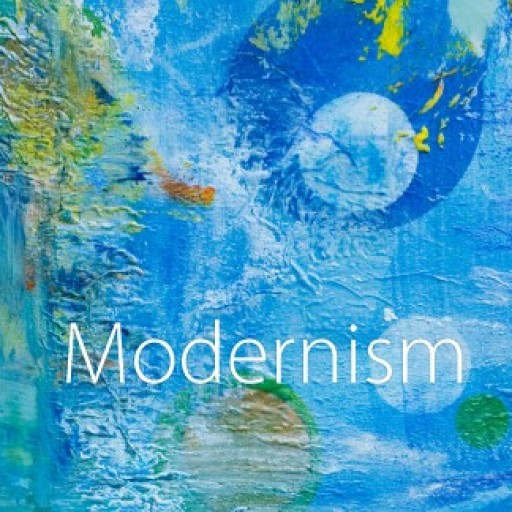Owen’s “Anthem for Doomed Youth” is a flight from the bombastic display of romanticized glory of soldiers’ martyrdom. If anything, this poem lands into lament and eulogy for the warriors. Interestingly enough, this anthem is not targeted at an individual; instead, it is a cry for all those who became a part of the war in one way or another. It is a Petrarchan sonnet divided into an octave and a sestet. Traditionally, sonnets tend to be love poems. However, Owen’s sonnet is far from it. The poet overturns our perceptions of how things are or we how we presume them to be. Using the form of a sonnet to write about the brutality of war and unattended funerals is meant to upset the reader. Although the poem is called an anthem, there is nothing ‘anthem-like’ about it. If anything, it is eulogistic, and the supposed sonority of an anthem is replaced by disturbing imagery and dissonant sounds in the first half of the poem. Although the word ‘doomed’ in the title suggests that there is no turning back for those associated with war, one might still expect to see a contrast taking place in the poem. From beginning to end, however, this poem is about death and grief which suggests that there actually is no coming back.
Owen plays with various foot divisions and metrical forms in this poem. From the simple unstressed followed by stressed syllable, i.e. iambic, to spondaic (two stressed or two unstressed syllables together) and trochaic (stressed followed by unstressed), we see/read the poem shifting tones from line to line. According to Tucker, “Spondee often appears in conjunction with its complementary foot the pyrrhic, whose missing beat it borrows; but often arises independently, as well, to freight a line or retard it.” Hence we know that the shifts from iambic to spondaic are because they usually complement each other.
In line three, the combination of stressed and unstressed syllables onstuttering rifle’s rapid rattle makes it read like the sound of a firing gun. The poet is able to create that effect by stressing and un-stressing certain syllables. We also see him using enjambment in the same line. By omitting any punctuation mark, i.e, by enjambing the line, he is stressing the continual sound of firing guns, which when read aloud creates disturbance and dissonance.
Only the stuttering rifles’ rapid rattle
Can patter out their hasty orisons.
Owen, however, resorts to assonance in the sestet and creates a quiet eulogistic tone with the following lines:
TheirFLOWERS the tenderness of patient minds,
And each slow dusk a drawing-down of blinds.
Where in octave Owen keeps the readers unsettled by the disturbing imagery and dissonance, he brings it to a smoother and quieter (albeit sadder) ending in the sestet. Since iambic pentameter is the style most commonly used in sonnets, his return to that in the last lines suggests the idea of getting back to the routine. The families who have lost their loved ones are now drawing the curtains and perhaps waiting for a new day to begin. This notion of coming to terms with the disaster is presented through the somber intonation of iambic pentameter.
References
Tucker, Herbert, and John C. Coleman. “For Better for Verse.” For Better for Verse RSS. University of Virginia Department of English. Web. 15 Sept. 2015.
Owen, Wilfred. “Anthem for Doomed Youth.” World War One British Poets: Brooke, Owen, Sassoon, Rosenberg, and Others. Ed. Candace Ward. Mineola, N.Y.: Dover Publications, 1997. Print.

I really like how you connect the sonnet’s return to iambic pentameter in the final lines connects to the families’ returns to routines following the mourning. It’s a very interesting connection!